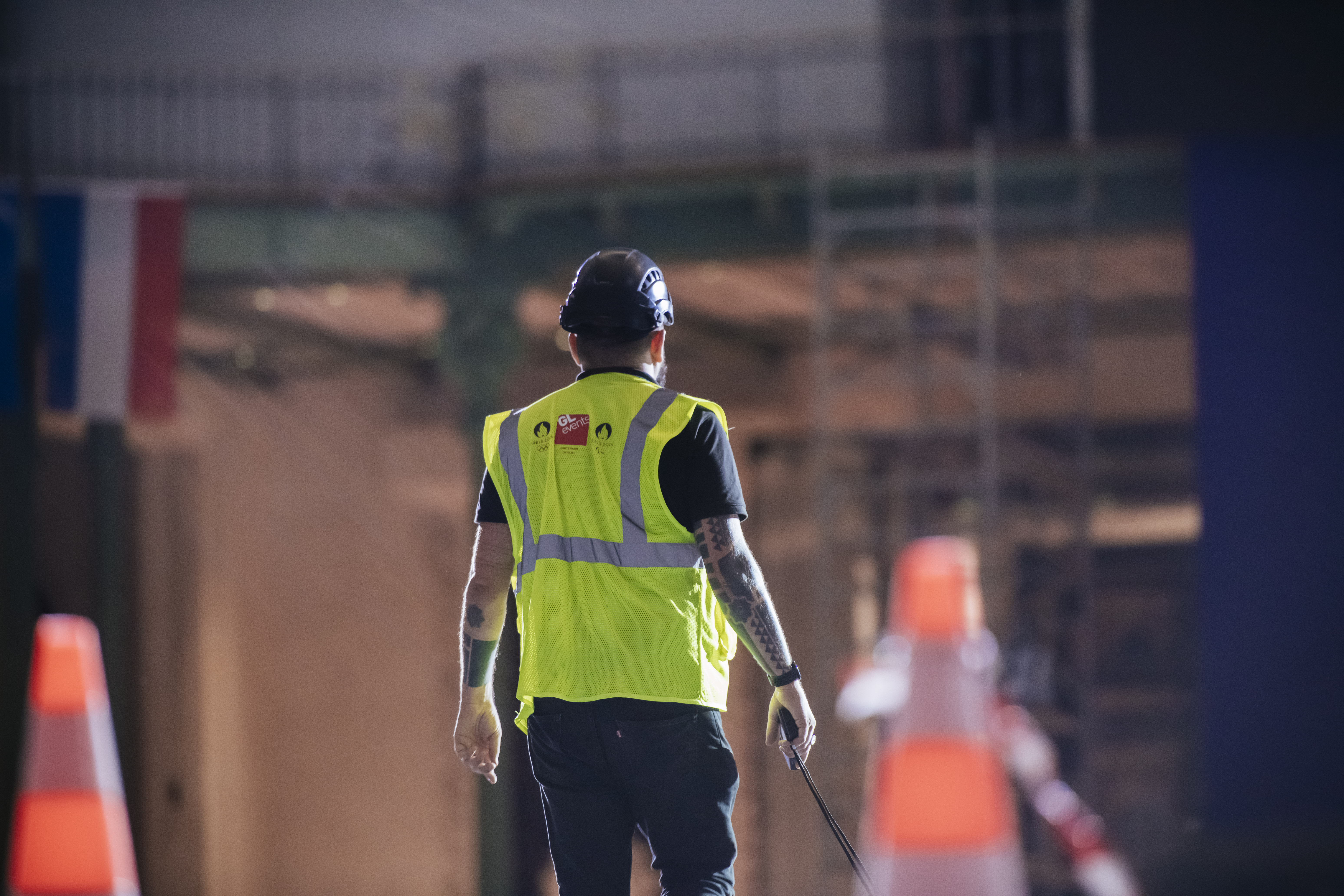
Which electrical distribution box should you choose for a large event? A guide to efficient power distribution
Which electrical distribution box should you choose for a large event? A guide to efficient power distribution
In the events industry, ensuring the reliability of the electrical installation is an absolute priority. Every event relies on a complex network of circuits, outlets, and modules that must be safe, properly sized, and perfectly distributed. The electrical panel (often referred to as the distribution box) is the core of the system. It protects both people and equipment while ensuring continuous service, even under extreme conditions.
To meet the safety requirements of temporary installations, each panel is pre-equipped with tested components: switches, measuring modules, grounding terminals, and three-phase or single-phase wiring depending on the circuits. By incorporating an optimized distribution logic from the design phase, installation errors are reduced and continuous operation is ensured even under high demand.
At GL events Audiovisual & Power, we deploy electrical distribution boxes specifically designed for event environments: robust, weatherproof, suited for outdoor venues, and configured to ensure fast and secure setup.
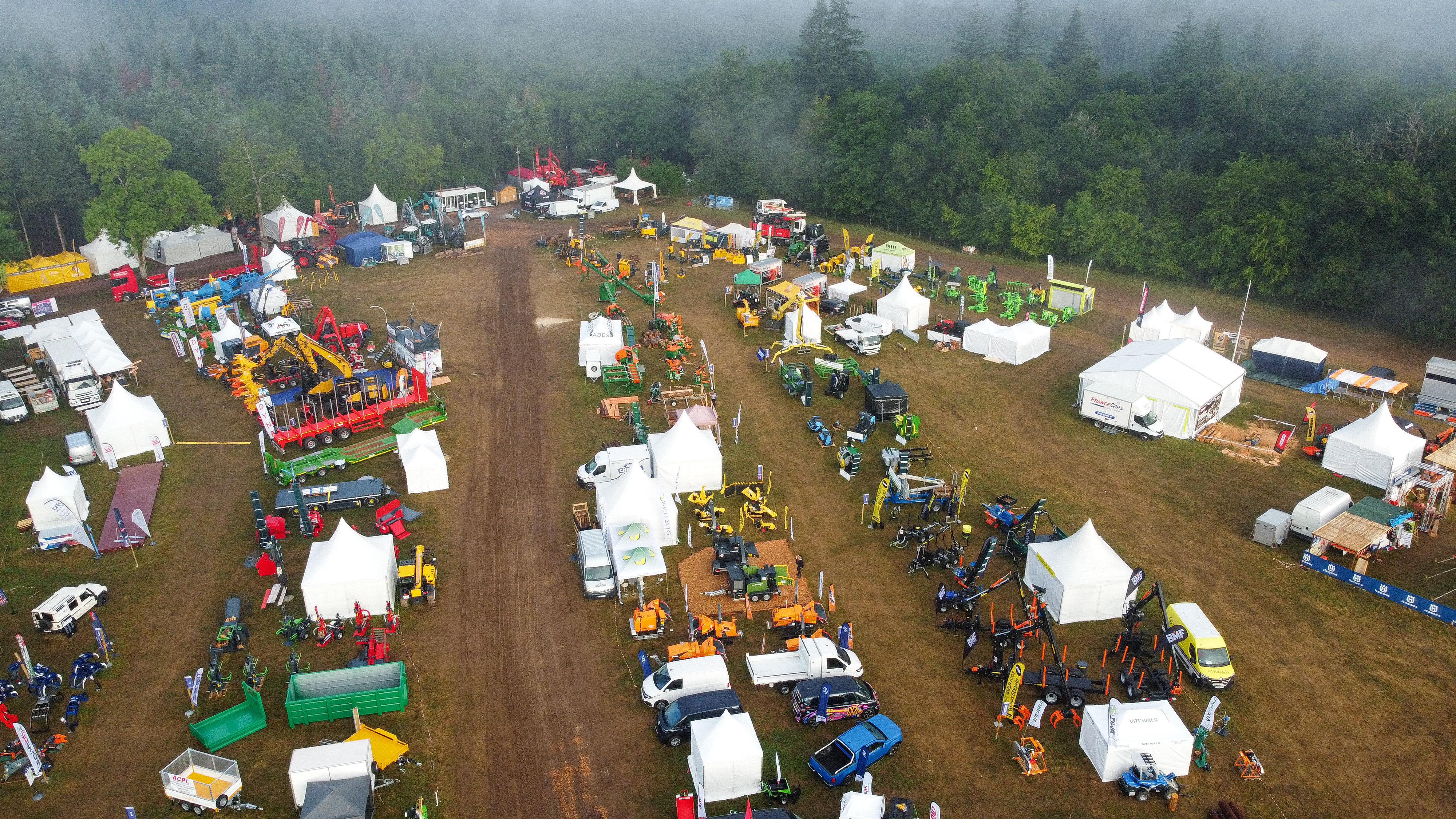
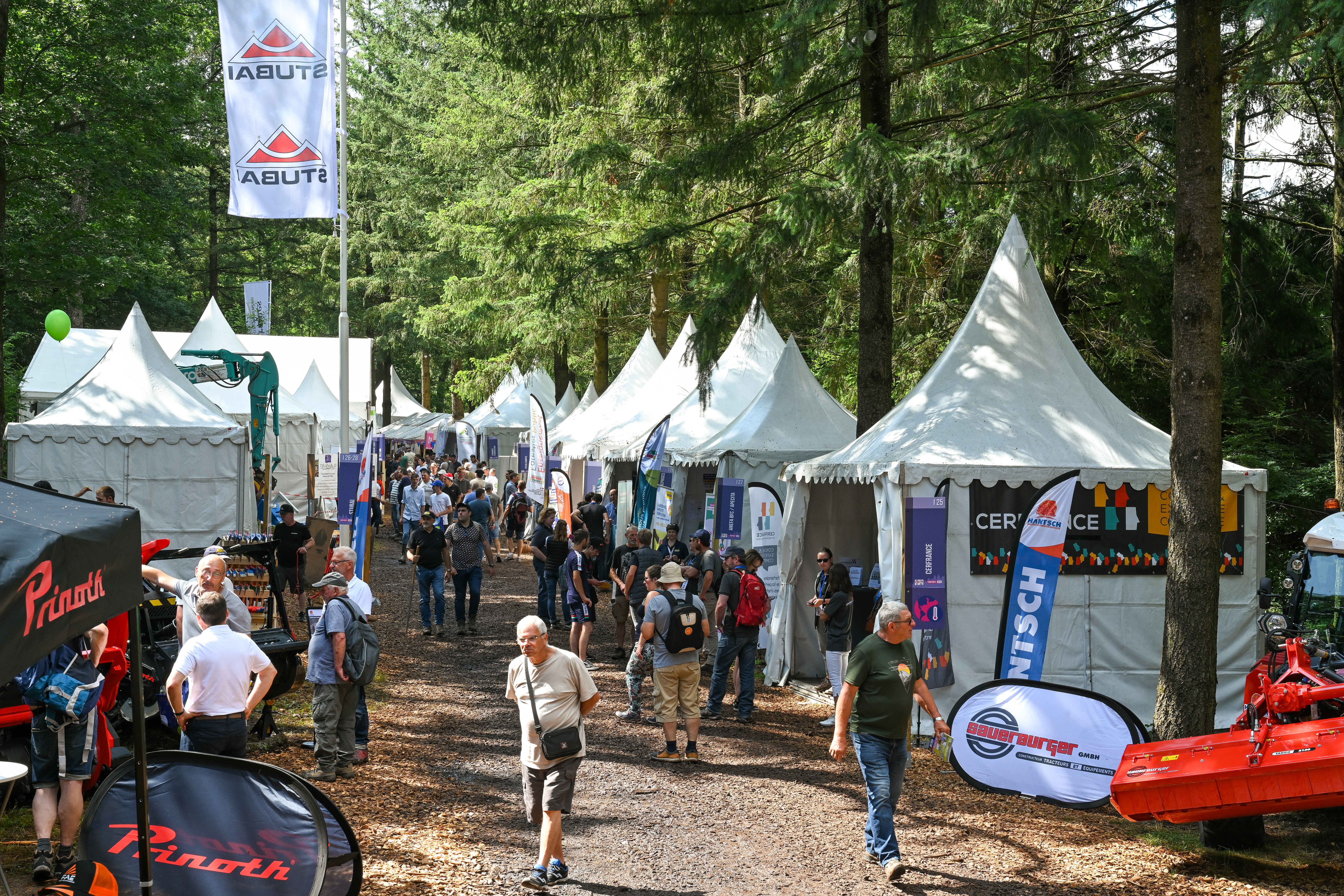
contact An expert
Understanding the role of a distribution box in an event
An electrical distribution box, also known as a power panel or switchboard, is designed to house all the electrical modules required for the temporary power supply of an event. It gathers circuit breakers, switches, outlets, and grounding terminals, arranged in multiple rows to secure each circuit. Several types of boxes are available depending on the needs: flush-mounted, freestanding, mobile on rolling cabinets, or fixed in weatherproof enclosures. Their role is to efficiently distribute electricity while protecting sensitive components from moisture, dust, or overloads.
Some boxes may also include preconfigured modules for quick deployment, with dedicated compartments for incoming main power cables and secure terminals for distributing to secondary circuits. Depending on the site configuration, they may also feature disconnect switches, indicator lights, or flush-mounted waterproof sockets. For event site installations, each box is preassembled and wired in the workshop, then delivered ready to use. This pre-wired setup saves valuable time during the production phase.
Delivery comes with all necessary technical documentation: wiring diagrams, circuit identification, differential switch characteristics, and enclosure dimensions. The boxes may consist of complete panels integrating differential circuit breakers, switches, and multi-rating outlets (16A, 32A, 63A). These panels comply with the NF C15-100 standard, ensuring optimal on-site electrical safety.
Importance of the electrical distribution box for safety and power management
The electrical distribution box plays a crucial role in the safety of an event. It functions as a central panel where each circuit is protected by a circuit breaker or a residual current device (RCD). This setup helps prevent electrical incidents and allows for quick isolation of a zone in case of a fault. Residual current devices, mounted on DIN rails, ensure immediate disconnection in the event of a current leak to the ground, thereby protecting people and sensitive equipment such as audio control systems, LED screens, or refrigeration units. Proper distribution of outlets and protective modules also helps avoid overloads and unexpected power cuts. This is why each distribution box is designed according to the type of event, the number of circuits, and the estimated power needs.
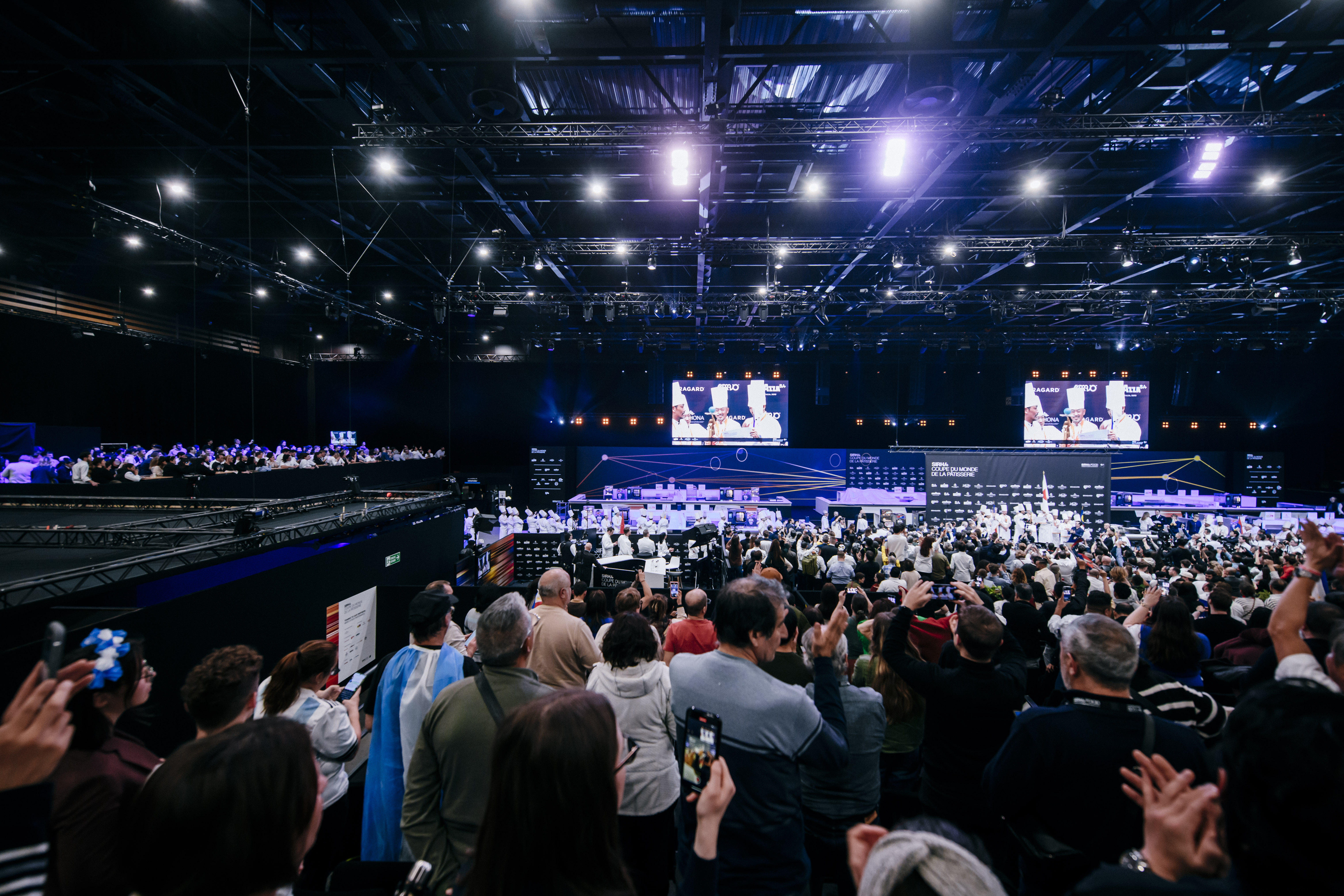

On high-attendance projects such as Sirha Lyon, the electrical distribution boxes deployed by GL events Audiovisual & Power played a key role in ensuring installation safety and power stability even during peak consumption periods. Thanks to optimized circuit distribution and the integration of residual current protection, each area operated without interruption, regardless of technical demand.
Ensuring a stable and secure power supply
To ensure stability, each socket is protected by a properly rated circuit breaker. Wiring is organized in rows, with independent modules for each circuit: sound, lighting, video, catering, etc. Special attention is given to breaker calibration and cable lengths. It is essential that the cabinet dimensions match the range of built-in components. Each distribution box is designed for quick commissioning and full accessibility during maintenance operations.
The waterproof polyester enclosures, built for outdoor use, provide both mechanical and climatic protection under extreme conditions. Thanks to their modular design, these cabinets are resistant to water splashes, dust, impact, and temperature fluctuations. Each box can be delivered ready to install, complete with detailed mounting plans, integrated grounding terminals, and components from trusted brands such as Schneider, Hager, or Legrand, ensuring maximum reliability.
Impact on the overall power management of the event
The event power distribution board does more than just distribute power it also enables precise control over consumption. With integrated metering modules, it is possible to monitor the load of each circuit in real time, detect anomalies, and trigger alerts via connected systems. Some models even allow remote control of power outputs, optimizing consumption based on actual needs. Certain distribution boxes also feature storage space for backup cables or spare sockets, allowing for quick response in case of overload. This modular approach makes it possible to anticipate power upgrades or circuit additions without having to replace the entire panel.
Criteria for selecting a suitable electrical distribution box
The choice of a temporary distribution box depends on several factors: the total required power, the type of equipment to be powered, the installation conditions (indoor or outdoor), and the expected level of safety.
Capacity and modularity of distribution boxes
A modular distribution board must be able to accommodate all necessary components: switches, circuit breakers, residual current devices, control modules, multi-rating sockets, and more. These elements should be arranged in accessible rows, following a clear layout to facilitate connection and maintenance. There are also preconfigured distribution boxes designed for specific types of events: logistics, stage areas, food courts, etc. This standardization enables faster delivery, improved stock management, and simplified on-site wiring. Some events also require multiple chained panels, forming a complete range tailored to the organizers' needs.
Adapting the distribution box to the size and power needs of the event
A large-scale event requires an electrical cabinet capable of handling high loads, with balanced distribution and a clear separation of circuits. This involves accurately estimating the available power stock, pre-installing reserve modules, and adjusting cable sizes according to the required distances between different zones.
Considering scalability for future needs
It is recommended to choose an upgradeable distribution box, capable of accommodating new modules without modifying the entire structure. This makes it easier to add new circuits at the last minute or to update the panel for a future event. This forward-thinking approach also helps control costs and improves responsiveness on site.
Safety standards and compliance
All distribution boxes must comply with the NF C15-100 standard and meet CE and IEC requirements. This compliance ensures the site can be quickly secured in the event of an inspection by a safety commission.
Respect for local and international regulations
Whether the event is held in France or abroad, it is essential that the distribution boxes are designed in accordance with local standards and come with full documentation: CE certificate, installation plan, wiring diagram, component specifications, and more.
Certifications to check before installation
Before installation, each distribution box must be delivered tested, certified, and ready for use. At a minimum, it should include residual current circuit breakers, a grounding terminal, waterproof sockets, and a secure housing for the modules.
Types of electrical distribution boxes available
The choice of the right distribution box depends on usage conditions, the type of event, logistical constraints, and the required level of protection. There are several ranges of electrical boxes designed to meet the specific needs of each installation. For smoother setups, some providers opt for flush-mounted boxes, ideal for indoor events where aesthetic discretion is important. These models can be integrated into fixed structures while providing optimal protection for electrical circuits. Their modular design facilitates access to key components and ensures quick connection.
Panels can also be offered in double-door versions or as freestanding cabinet boxes, depending on internal storage needs or accessibility to electrical components. Some models feature internal compartments that separate power circuits from control circuits, an important characteristic for sensitive installations.
Standard distribution boxes
Standard electrical panels are used indoors, for trade shows, exhibitions, conferences, or corporate events. They allow for quick setup, precise load distribution, and reliable protection thanks to integrated circuit breakers and residual current devices.
Applications, features, and customization options
The cabinet size is also chosen based on the volume of components to be housed, the number of circuits to manage, and the type of cables to be connected.
Weather-resistant electrical boxes
For outdoor events, it is essential to use a waterproof box, often made of reinforced polyester, resistant to water, dust, and impacts. These distribution panels must provide perfect sealing, even in heavy rain, prolonged humidity, or when installed on uneven or soft ground.
Ideal for outdoor events
These boxes are designed for demanding environments such as sports fan zones, festivals, water sports competitions, and summer markets. Their technical enclosures are reinforced, and all components are fully protected. Outdoor distribution boxes can be equipped with a main switch, lockable sockets, and separate compartments to isolate sensitive areas. Each waterproof panel offers a robust solution built for field conditions, with a high IP protection rating and enhanced impact resistance.
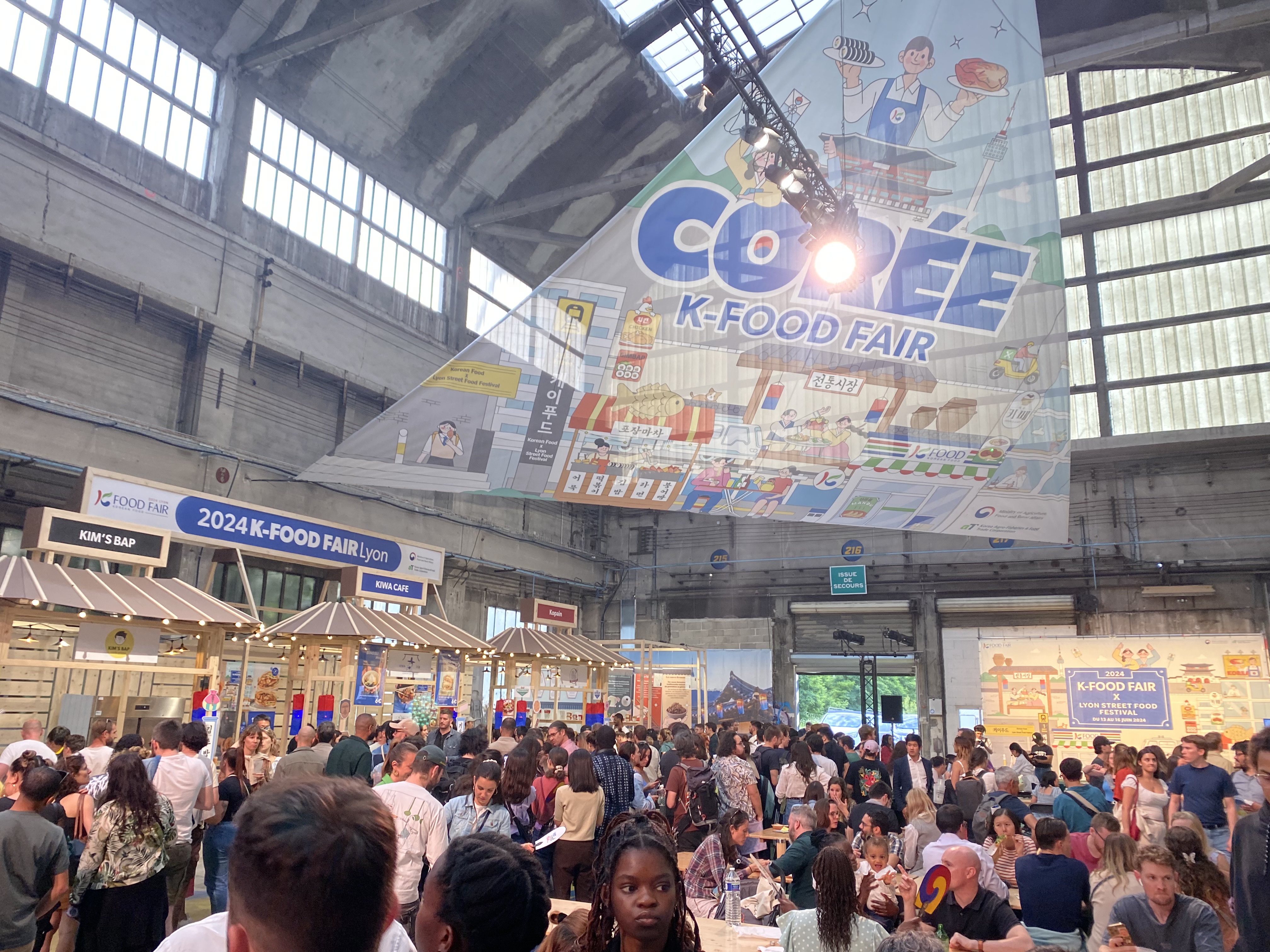
GL events Audiovisual & Power deploys this type of equipment at outdoor events such as the Lyon Street Food Festival or the Nuits Sonores festival, where the diversity of technical setups (stages, lighting, food areas) and environmental conditions require a reliable, safe, and terrain-adapted electrical distribution system.
Innovative and eco-friendly solutions
The evolution of technical requirements and the ecological transition are driving the adoption of smart, connected panels. These systems enable proactive power supervision for optimized electrical distribution.
Connected panels and remote management
These next-generation distribution boxes are equipped with communication modules, control screens, temperature sensors, and monitoring components. They offer real-time visualization of each circuit, send alerts in case of anomalies, and even allow remote control of a residual current device.
Installation and maintenance of electrical distribution boxes
Once the distribution box has been selected, its assembly and installation must be carried out according to best practices. Every component (from the terminal block to the final circuit breaker) must be carefully wired, tested, and clearly identified.
Best practices for safe installation
Before powering up, the technical team must verify the correct configuration of the modules, the calibration of the circuit breakers, the condition of the sockets, cable continuity, and grounding quality. A poorly assembled panel can lead to malfunctions, unexpected outages, or safety risks for the public. It is therefore essential to follow the manufacturer’s assembly instructions and ensure compliance with the NF C15-100 standard. Tightening of terminals, proper grounding connections, and secure mounting of switches must also be checked to ensure the durability of the installation. Cable selection, correct sizing, and socket type must be validated in advance, based on the required power and cable run lengths.
In the events industry, choosing the right distribution box isn’t just about power rating. It also involves evaluating the environment, installation constraints, compatibility with other electrical modules, and the ability to integrate the appropriate sockets. A well-designed modular panel addresses all these requirements.
Strategic placement of the distribution box
The distribution box should be installed in an accessible, stable area, protected from the elements and away from high-traffic public zones. For outdoor use, a weatherproof housing or reinforced base may be required to ensure the safety of electrical components. Sufficient clearance around the cabinet must be provided to allow for maintenance or module replacement. For high-attendance temporary installations, it is advisable to use lockable, ventilated boxes.
Collaboration with qualified professionals
At GL events Audiovisual & Power, our teams are specially trained in temporary electrical installations. They handle the setup, safety testing, circuit documentation, and delivery of ready-to-use equipment, including fully assembled and operational distribution panels.
Our technicians are experienced with various types of boxes (whether flush-mounted or mounted on mobile cabinets) and know how to adapt their installation according to current standards, wiring requirements, breaker sizing, and even fast-track logistics. This expertise allows us to deliver compliant, high-performance, and scalable solutions for events of all sizes, across France and internationally.
